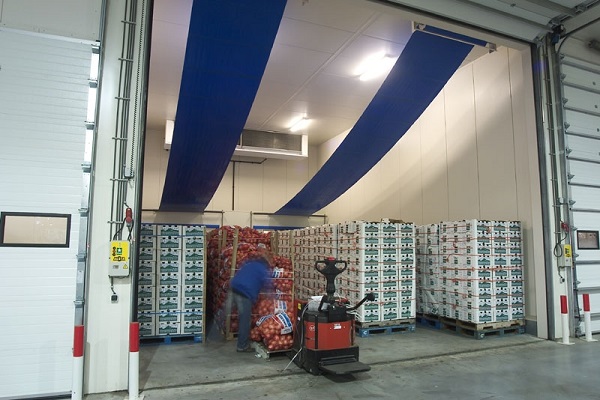Lettuce is a popular and versatile crop that is grown in many parts of the world. This article will provide farmers, agronomists, and agricultural engineers with tips and techniques for growing lettuce that can help increase yields and improve the quality of the crop.
Lettuce (Lactuca sativa) is a cool-season crop that can be grown throughout the year in some regions. According to the Food and Agriculture Organization (FAO), China is the world’s largest producer of lettuce, followed by the United States and India. Lettuce is an important source of vitamins A and C, as well as fiber, and is used in many salads, sandwiches, and other dishes.
To grow lettuce successfully, it is important to select the right variety for your climate and soil type, as well as to provide the right amount of water, fertilizer, and pest control. Lettuce can be grown using a variety of methods, including traditional row planting, hydroponics, and container gardening. Farmers and agronomists can use precision agriculture techniques, such as soil sensors and drones, to monitor crop growth and optimize irrigation and nutrient application.
In recent years, there has been a growing interest in urban agriculture and vertical farming, which can be used to grow lettuce and other crops in urban areas and small spaces. This can help increase access to fresh produce and reduce transportation costs and environmental impact.
In conclusion, growing lettuce can be a profitable and rewarding enterprise for farmers, as well as a source of nutritious food for consumers. By using the latest techniques and technologies, farmers and agronomists can optimize their yields and produce high-quality lettuce that meets the needs of the market.
Tags: #Lettuce #PrecisionAgriculture #UrbanFarming #VerticalFarming #Hydroponics #CropGrowth #YieldOptimization #NutrientManagement #PestControl #FoodSecurity #SustainableAgriculture












